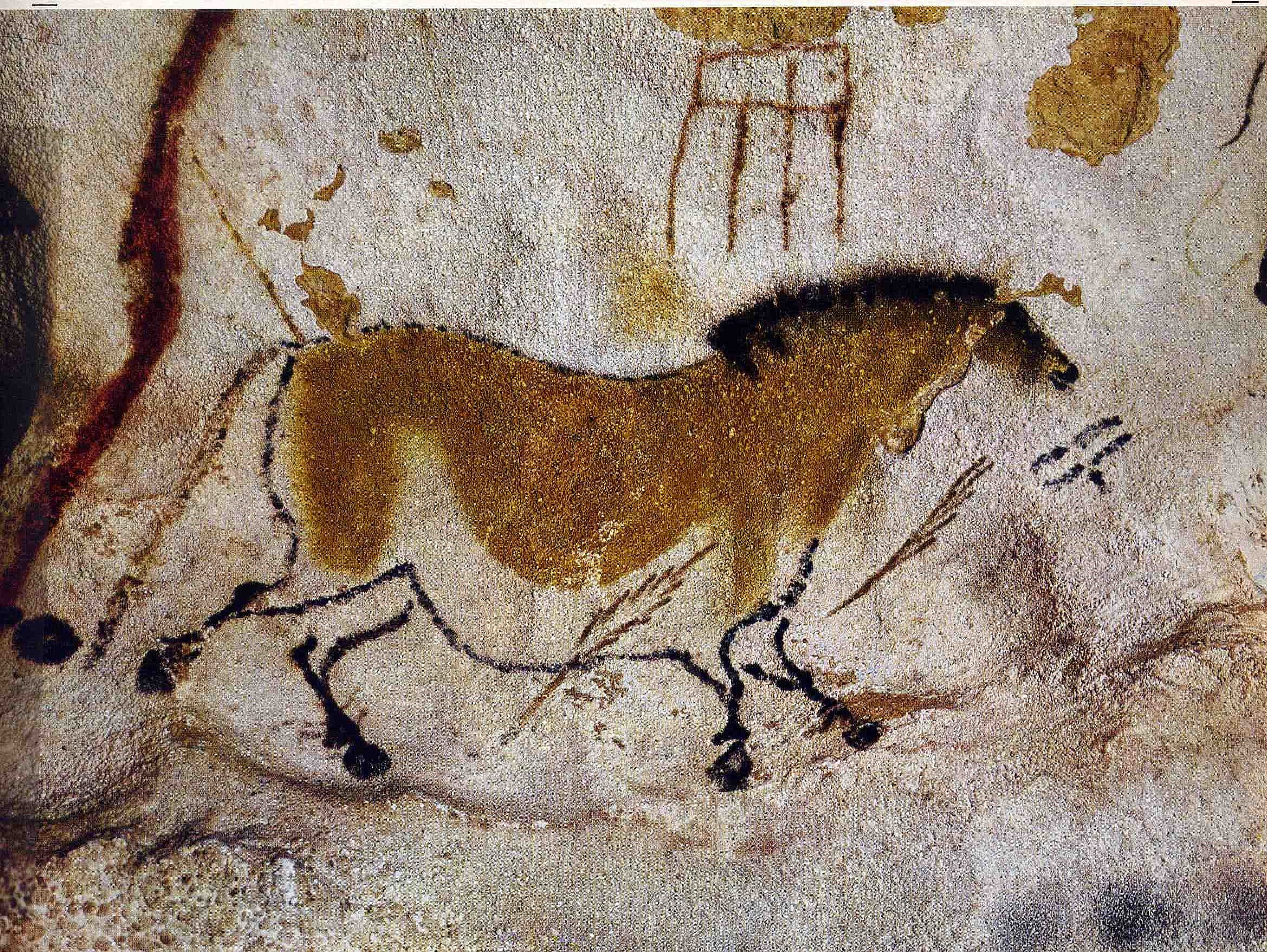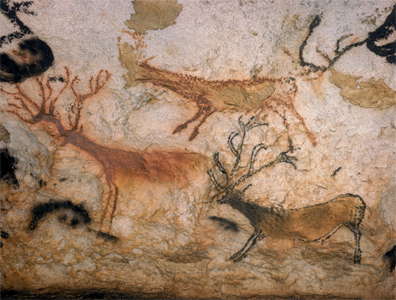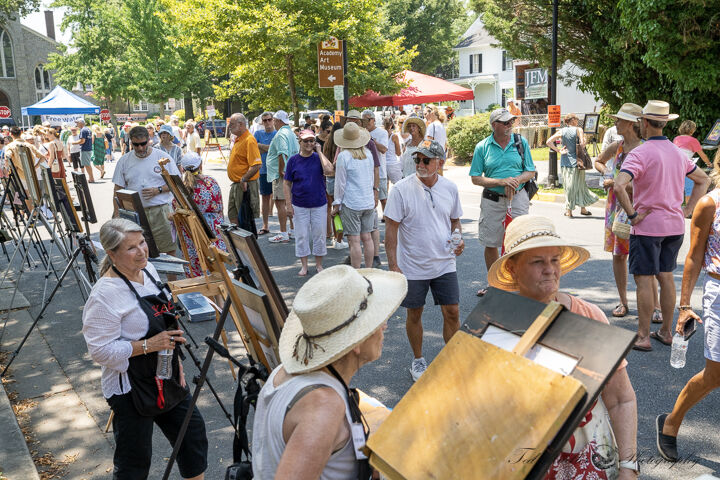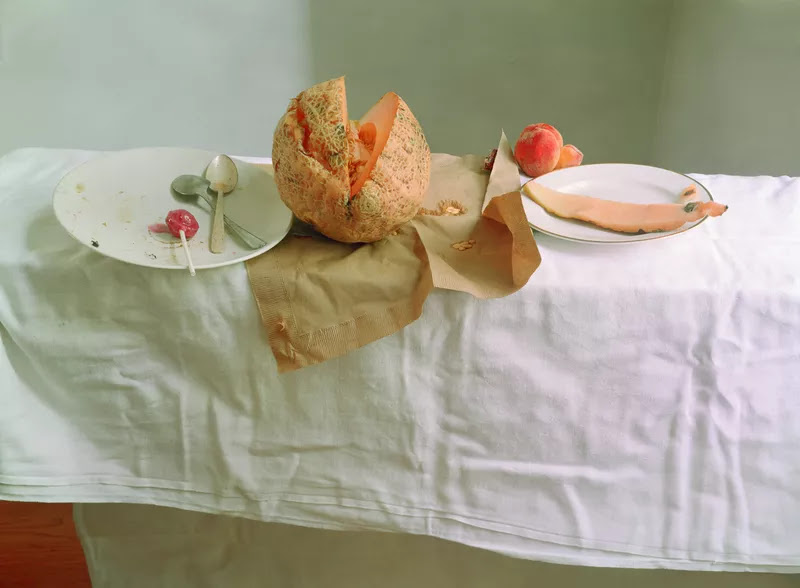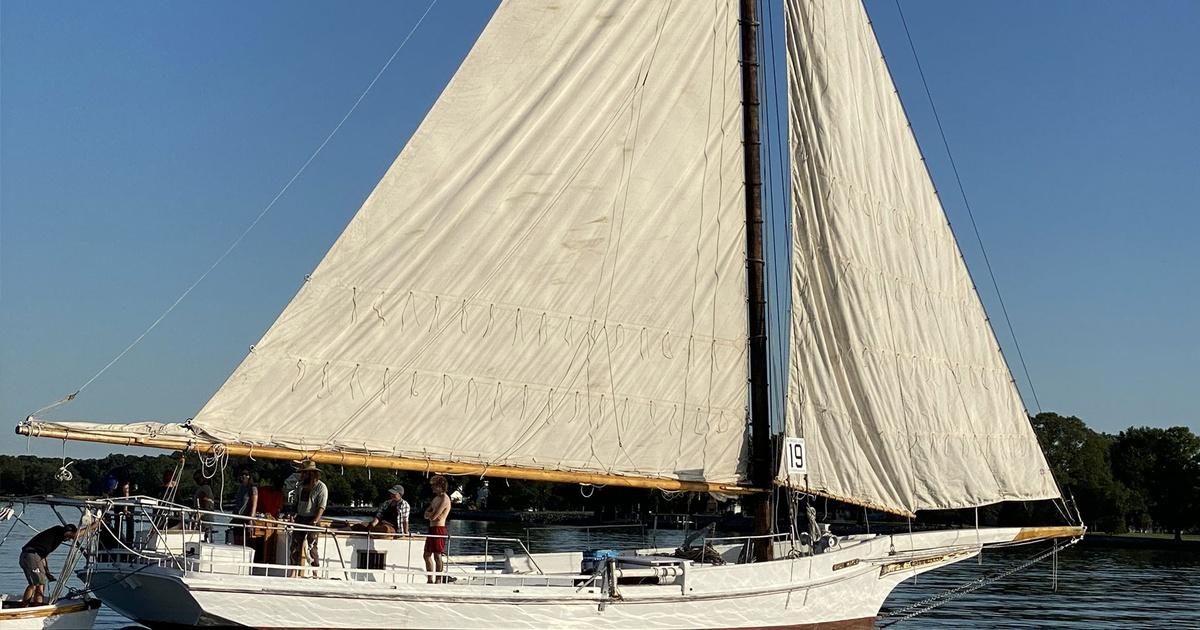A personal ad inadvertently draws four middle-aged singles together when Val and Andy arrange to meet on a blind date, dragging their best friends Nina and Matt along for moral support. Their relationships progress through the following weeks, setting off laughable plot twists and an unexpected hookup in the midst of the 1990s.
Cleverly written, funny and insightful, LOOKING shows us we don’t always get what we set our sights on, but what we end up with can be an unexpected surprise.
Tred Avon Players presents LOOKING, a smart, sexy and very relatable romantic comedy written by Norm Foster and directed by Alison Lynch. The show runs August 17-27 and will be performed in partnership with the Oxford Community Center at 200 Oxford Road in Oxford. The cast includes Dean Goodwin as Matt, Jennifer Pogoda as Nina, Mary Ann Emerson as Val and Paul Briggs as Andy.
The Spy asked director Alison Lynch and Dean Goodwin to stop by the Spy studio last week to tell us more.
LOOKING opens on Thursday, August 17 and runs for seven performances through Sunday, August 27. Thrifty Thursday, Friday and Saturday performances are at 7:30 p.m. and Sunday afternoons are at 2:00 p.m. at the Oxford Community Center, 200 Oxford Rd in Oxford. Tickets are adults $25 / students $15 (no fee added.) Thrifty Thursday (August 17) and Sunday matinees sell out quickly!


